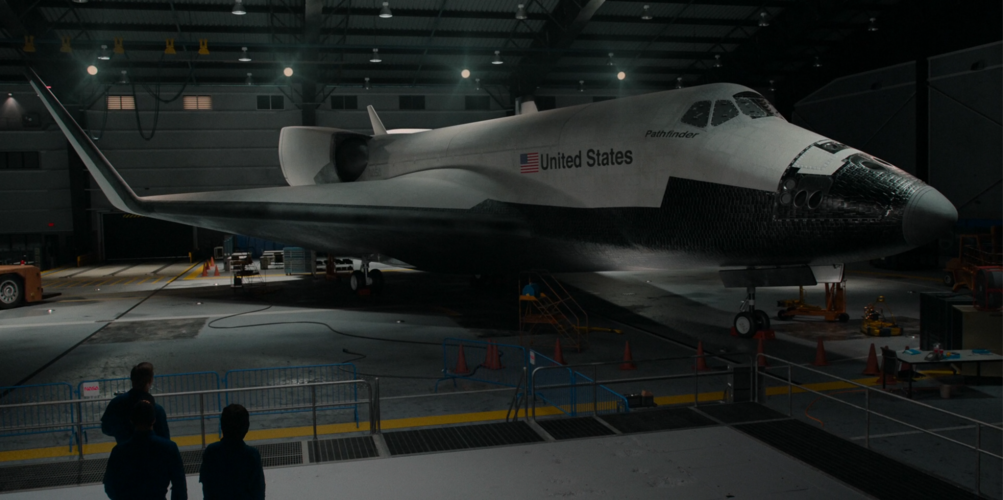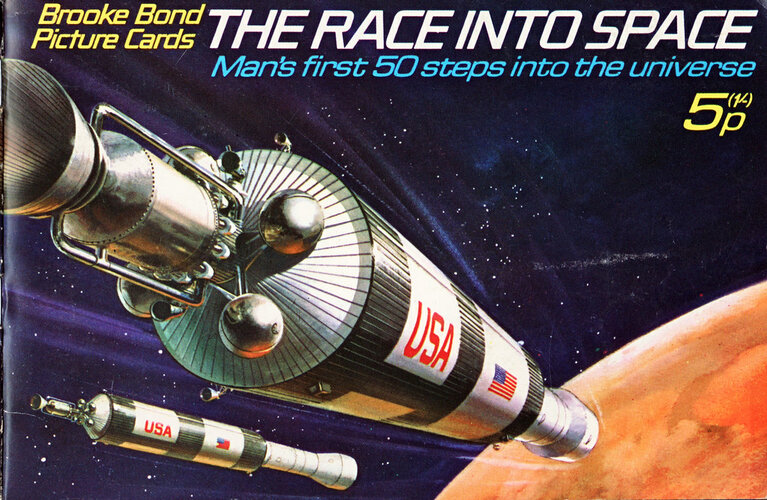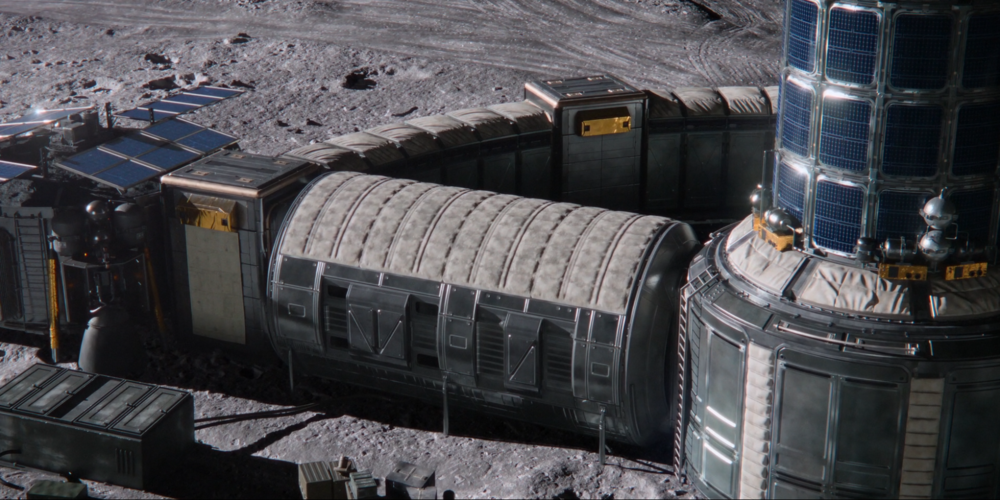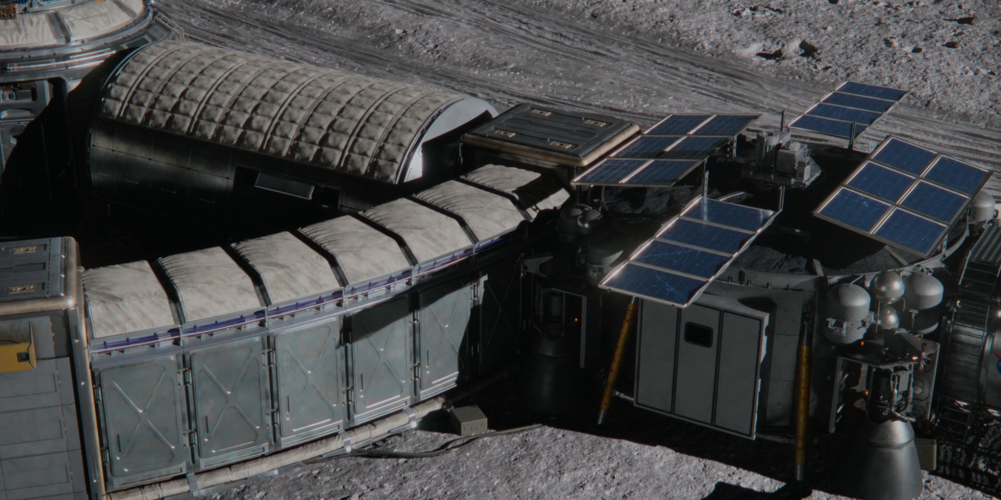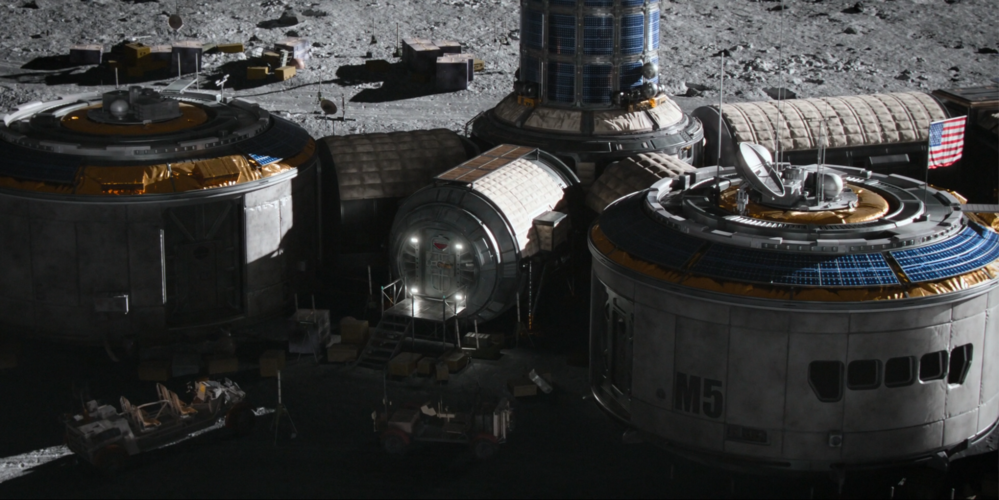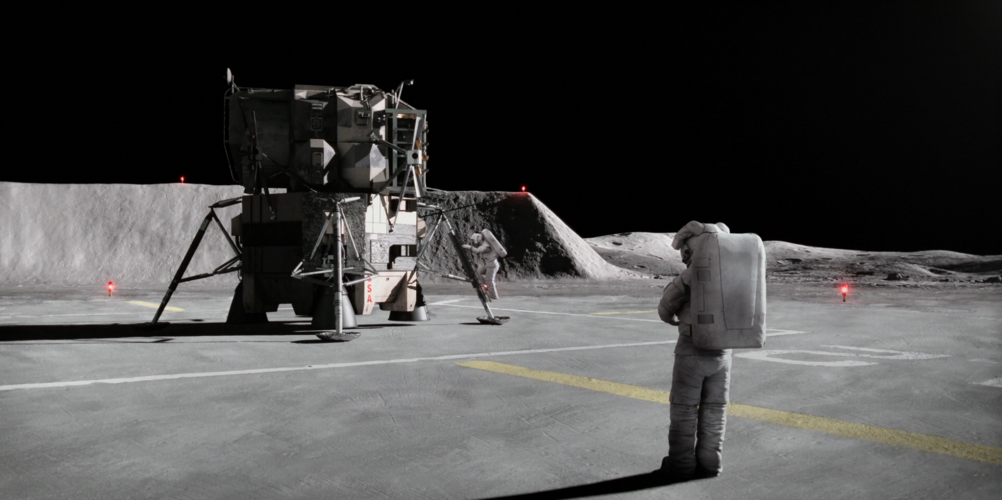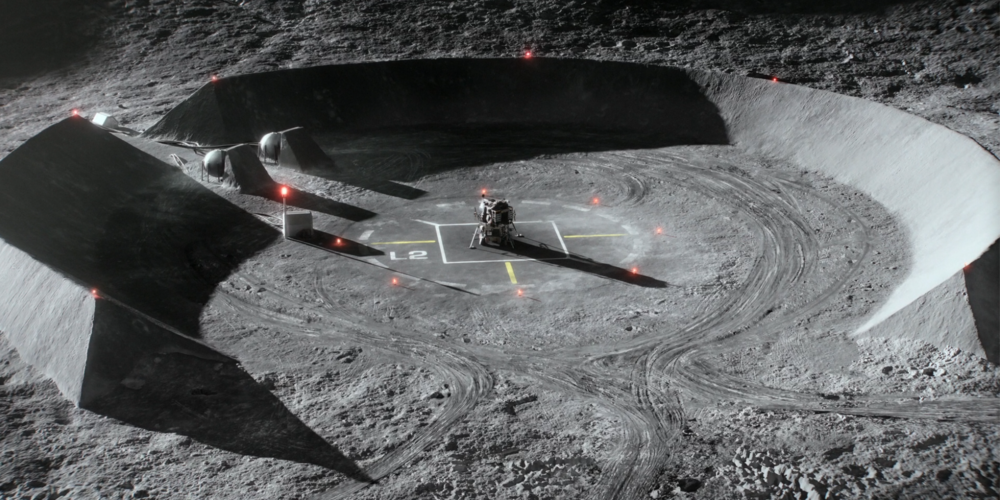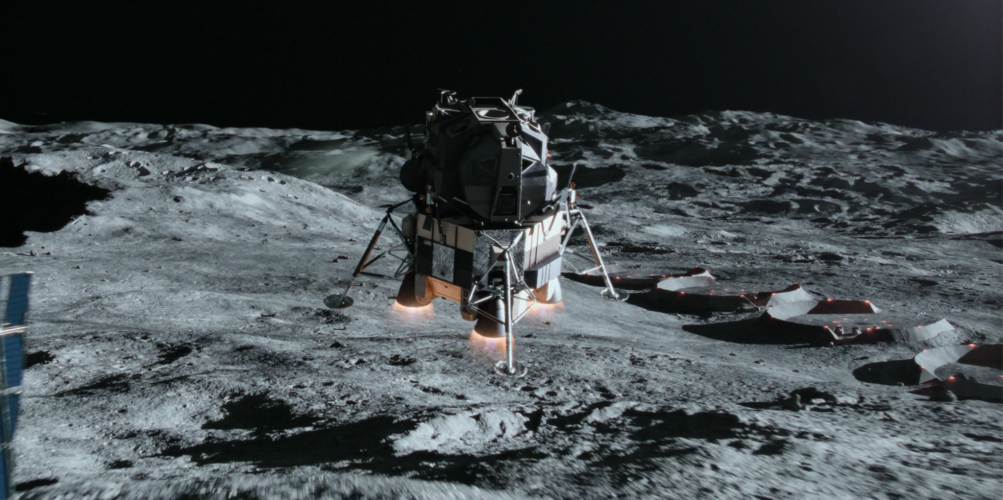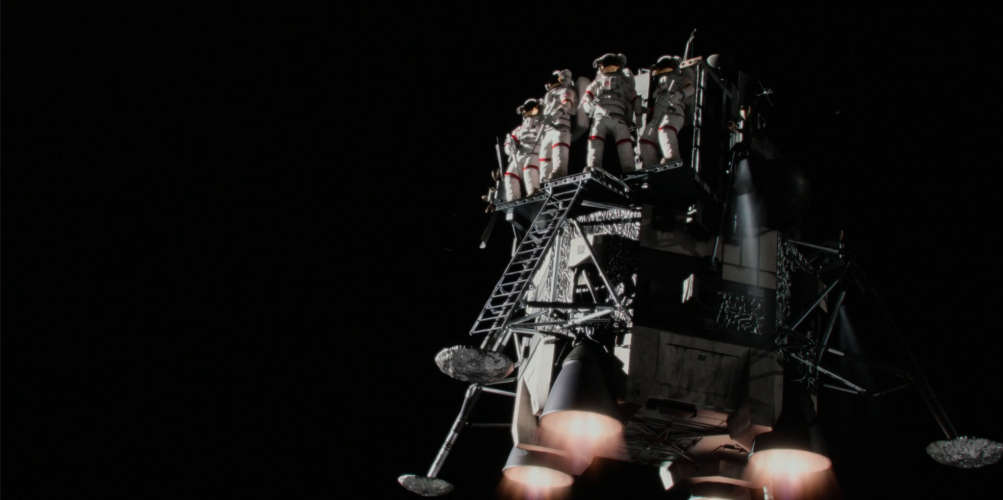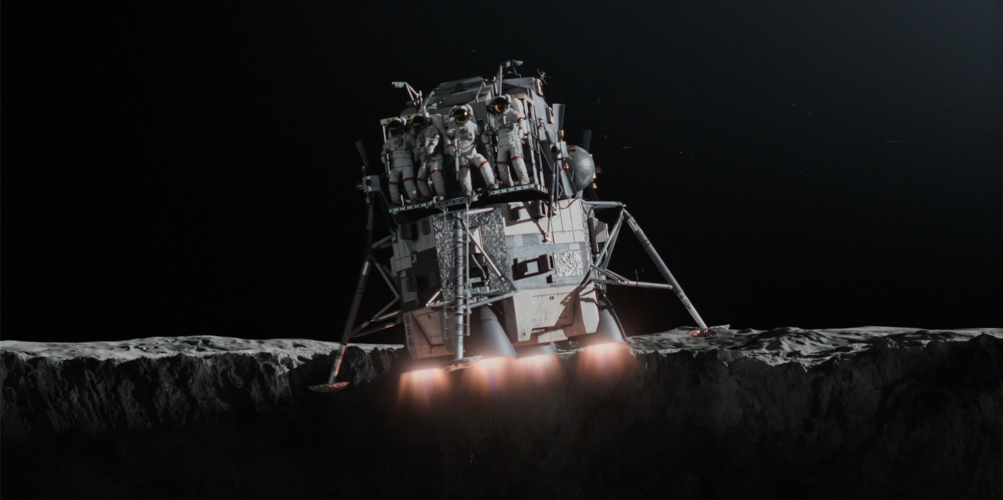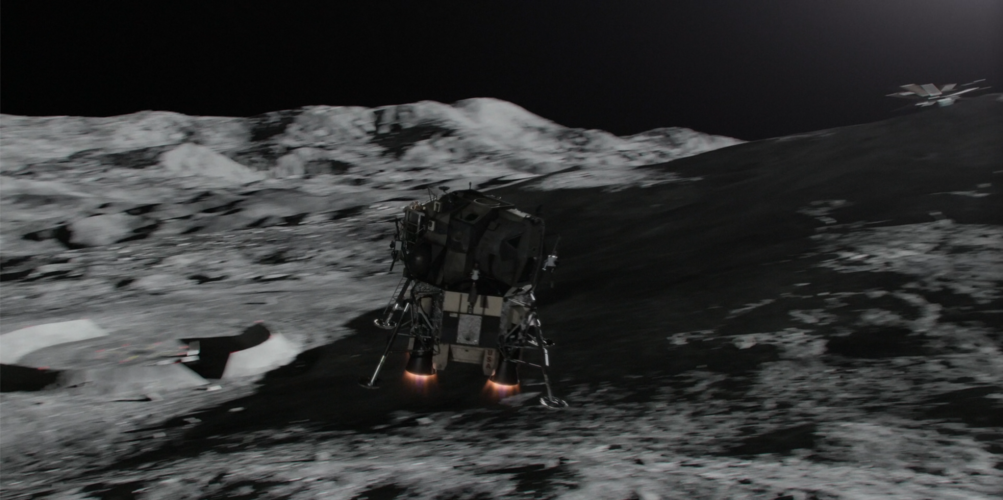The development of nickel–hydrogen cells was started by COMSAT Laboratories in 1970 [40]. After the initial demonstration of the
feasibility of the nickel–hydrogen cell, INTELSAT funded COMSAT Laboratories to develop a 50 A-h cell, and in 1975, this development had progressed to the point that the US Naval
Research Laboratory funded COMSAT Laboratories to develop a 35 A-h nickel–hydrogen cell for use on the US Navy’s Navigation Technology Satellite (NTS-2) spacecraft shown in
Figure 20 [40, 42]. The NTS-2, launched in 1977, was the first use of nickel–hydrogen battery technology in space. Nickel–hydrogen cells were then put in service on Intelsat V, VI, and VII satellites from 1983 through 1996 [43, 44].


